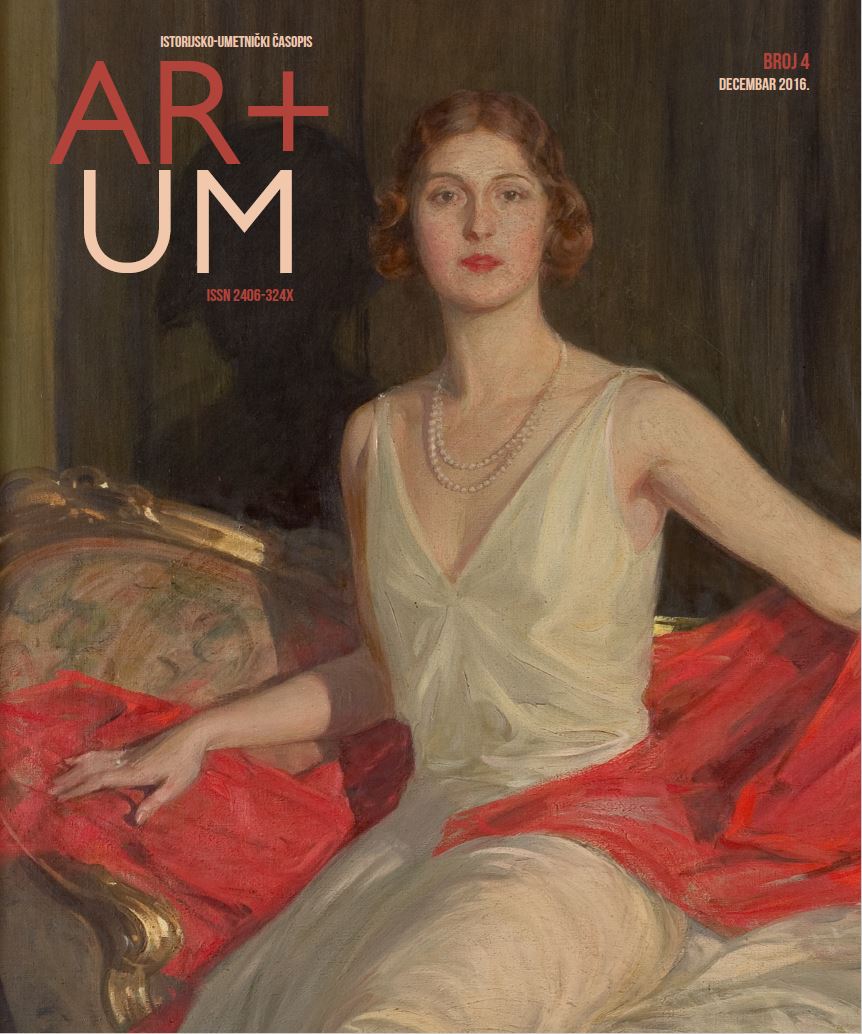Kulturna aproprijacija unutar savremene modne industrije
Cultural Appropriation in the World of Fashion
How are Different Elements of Heritage Used in Fashion Industry
Author(s): Katarina ĐošanSubject(s): Visual Arts, Cultural Anthropology / Ethnology, Sociology of Art
Published by: Филозофски факултет, Универзитет у Београду
Keywords: cultural appropriation;heritage;fashion;recontextualization;intercultural fluidity
Summary/Abstract: Talking about appropriation in terms of fashion almost always has negative connotations. One of the main reasons for that is the tendency to give a value of relics to the heritage, so there is a strong will for saving it in its original manner no matter what occurs. Fashion tends to break these rules; using a feather headdresses by non-Indians at music festivals, which is a traditional headwear for many Native Americans (feathers are believed to have magical/ritual connotation), was widely confronted by the society. Knowing that the object bears completely different meaning in two distinct contexts (the sense of sacredness and being a honorable warrior for Indians, and the other one, of being fashionable within western community), and what’s more, different sense in one and the same context (some Native American women wear it too, without the symbolic of war/holiness, whereas in fashion world wearing headdresses often means a lack of taste) is at the same time the main part of the problem, and yet, solution to it too; thus those headdresses don’t rule out each other in any way. The problem with appropriation in fashion complicates when there is no more (constructive) explanation for such a practice: when the user wants to devastate the chosen element of someone’s heritage. Hussein Chalayan was one of those when, in his 1997 show, he presented different variations on a traditional Islamic womenswear, burka. Being a part of the deconstuctivism movement in the nineties fashion, he shortened his burkas at different levels and, at the end, some of the models were (nearly) naked. Collection was labeled as offensive, and the designer was “hiding” behind the name of the art – but it is good opportunity to talk about positive sides of appropriation, too often forgotten because of the holiness made out of heritage.
Journal: Artum - Istorijsko-umetnički časopis
- Issue Year: 4/2016
- Issue No: 4
- Page Range: 20-30
- Page Count: 11
- Language: Serbian

